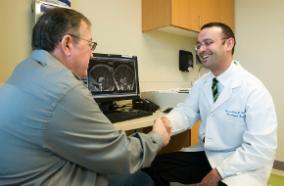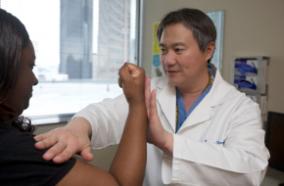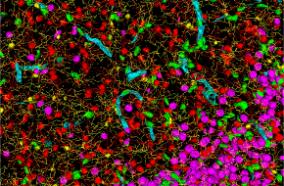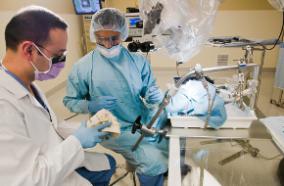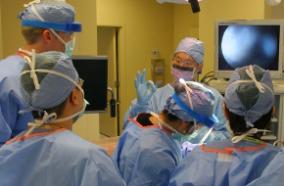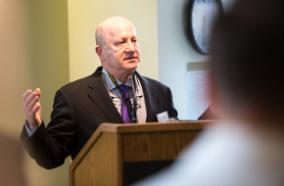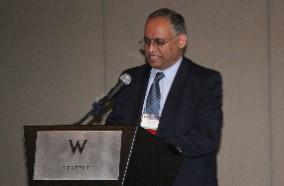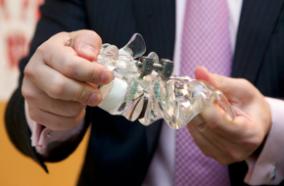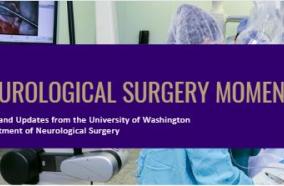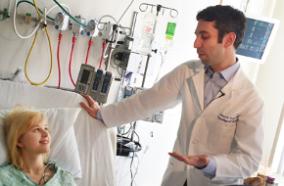The Western United States has Greater Antibiotic Resistance Among Salmonella Recovered from Intestinal Cecal Samples of Food Animals.
The Western United States has Greater Antibiotic Resistance Among Salmonella Recovered from Intestinal Cecal Samples of Food Animals.
J Food Prot. 2020 Dec 15;:
Authors: Nyirabahizi E, Tyson GH, Tate H, Williams MS, Saini GS, Strain E
Abstract
As part of the National Antimicrobial Resistance Monitoring System (NARMS) activities, the United States Department of Agriculture (USDA) Food Safety Inspection Service (FSIS) collected cecal samples from food animal slaughter facilities throughout the country between 2014 and 2018. Of the 26,780 cecal samples from cattle, swine, chicken and turkey , 6,350 (23.71%) tested positive for Salmonella . NARMS tested Salmonella for susceptibility to aminoglycosides, folate pathway inhibitors, macrolides, phenicols, quinolones, beta lactams, and tetracyclines. Using the regional subdivisions defined in the USDA Office of Investigation, we used chi-square test to assess potential association between the region from which the samples were collected and both Salmonella prevalence and susceptibility. The results show a significant association between region and Salmonella prevalence, when accounting for source and establishment size, with the southeast region having the highest probability of finding Salmonella . However, the western region had the highest resistance probability across all antimicrobial classes except for macrolides, which showed no regional association. This association between region and resistance was strongest among isolates from cattle. Analysis of whole-genome sequencing data indicated that a significantly higher prevalence of Salmonella Newport in cattle in the western region (accounting for 9.52% of cattle isolates, compared to 3.44% in other regions) may account for the greater resistance to multiple drug classes. Approximately 90% of Salmonella Newport in the west exhibited the MDR-AmpC phenotype encoded by aph(3'')-Ib/aph(6)-Id , bla CMY-2 , floR , sul2 , and tetA. . Thus, differences in resistance across regions may be due to geographical differences in the prevalence of specific Salmonella serotypes and their accompanying resistance genes.
PMID: 33320944 [PubMed - as supplied by publisher]

